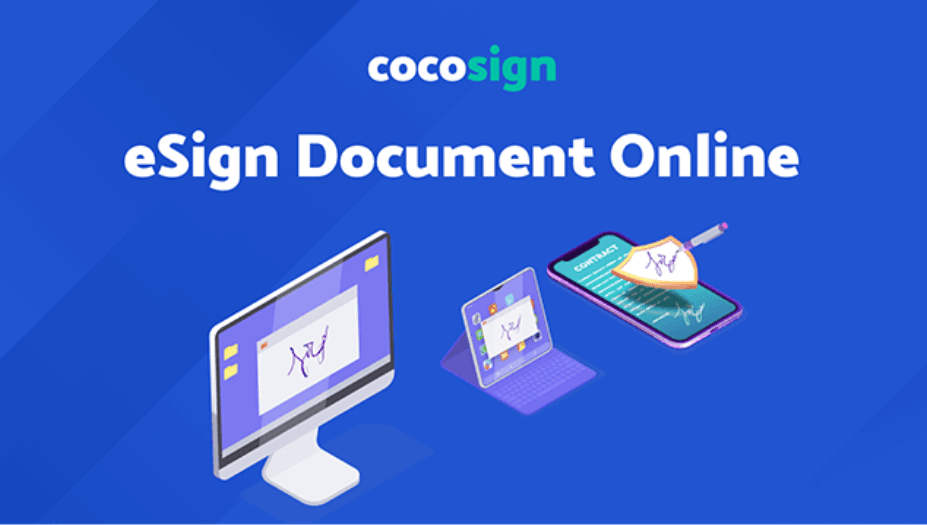Contents
For our publicity campaigns, many of us opt to use stock photographs rather than hire a skilled photographer for a personalized shoot. There are several explanations for that. Not least because the images are typically excellent quality, and in most niches they are available, making it easy to find one that is important to our business. They’re easily usable as well, saving us time and effort.
But most of them are free to use, which is much better than paying a licensed photographer for a shoot, and better than taking your own (find out how to shoot great product photos here).
A four-letter word yes: FREE casts a magic spell on many (if not most of us. And without caring about the possible implications, we are excitingly drawn away by the free deal.
If they aren’t vigilant, photographers seem to be hit by all kinds of legal troubles. You’re simply recording and documenting anything and everything from people to locations. Think about it. Any kind of snag in the way is likely to be there.
By teaching yourself about photography rules, you will stop these issues. This could be overwhelming, but here is our guide for avoiding legal headaches while shooting;
Get permission from the person you are photographing
If you have the subject’s permission, you will still escape responsibility. A legal permission document called a “release form”) that covers two items would need to be drawn up: the consent of the person to have his image taken and the right to publish the image. Both are not the same two rights, and if you want to share the photograph in any manner, you need to get permission for both.
Consent must also be provided by someone who can deliver it validly. A minor, for example, does not give permission. Instead, you need a parent or guardian’s permission.
You will receive oral consent as well. You must be patient, however. Someone could turn around and say it wasn’t granted. Giving informed permission is much safer.
In the Picture Release File, here’s what you’ll find:
- Clear contract models, easy to grasp and modify,
- Parts that cover specifics of the service, rates, length, and more
- Authored (and approved) by specialists in legal matters.
Use CocoSign To Sign or Create A PhotoGraph Consent

It might sound like a process to build a digital signature that needs a lot of coding skills. Check CocoSign to learn how to create your own digital signature in an instant from the signature designers.
In general, for digital records, CocoSign is a signature and management program. A part of its small to mid-sized enterprise cloud-based digitization solution is the signature generator function.
Since it is cloud-based, anybody with internet connections may use the app. Companies can also refine their workflow and increase performance, which in effect increases their end product.
CocoSign has a broad range of legal models covering all forms of rentals, contracts, and personal and business use agreements. You can also find generic photo release form at CocoSign. Any legal models available on CocoSign shall not be treated as guidance to attorney-clients.

How To Use CocoSign?
Take these basic measures in order to create and sign your photography copyright forms & consents electronically.
- You will need to create a free account on CocoSign to begin signing your documents. Visit their website and register for an account on their homepage. Enter your email and with a good password, create your account.
- Following that, you will create your signature on your online account. It can be achieved with a laser pen or your mousepad.
- Click on the embed signature in order to launch the process. It asks you to use or draw a new signature with the signature you have saved.
- After some time you will be able to download your file from the same tab.
Also read: How to Translate Business Documents: The Complete Guide
3. Don’t Breach Privacy
Stop violating the law. In order to take a photograph, you should not sneak into someone’s house. Often, you don’t actually have permission to start taking photos if you’re invited to someone’s house.
Then find the property owner and ask for permission to enter if you wish to photograph something. Explain what you want to take a shot of and gain approval.
4. Stop Spying
Generally, you just should not use long-distance lenses to peek into and photograph someone’s home. This is considered “intrusion upon seclusion” and is a legal error for which you can be prosecuted. Even though none of the photos are released, you can be sued.
However, you should usually capture photos of something clearly visible in public space. When pedestrians are on the pavement, in a public square, or on the lane, then they are in a public area.
Do not stalk someone to take photographs. You must stop continuous monitoring or tracking, even if you can take pictures of anyone in public. Specifically, if they tell you to quit, you can stop taking someone’s picture. It could be abuse to refuse to avoid.





